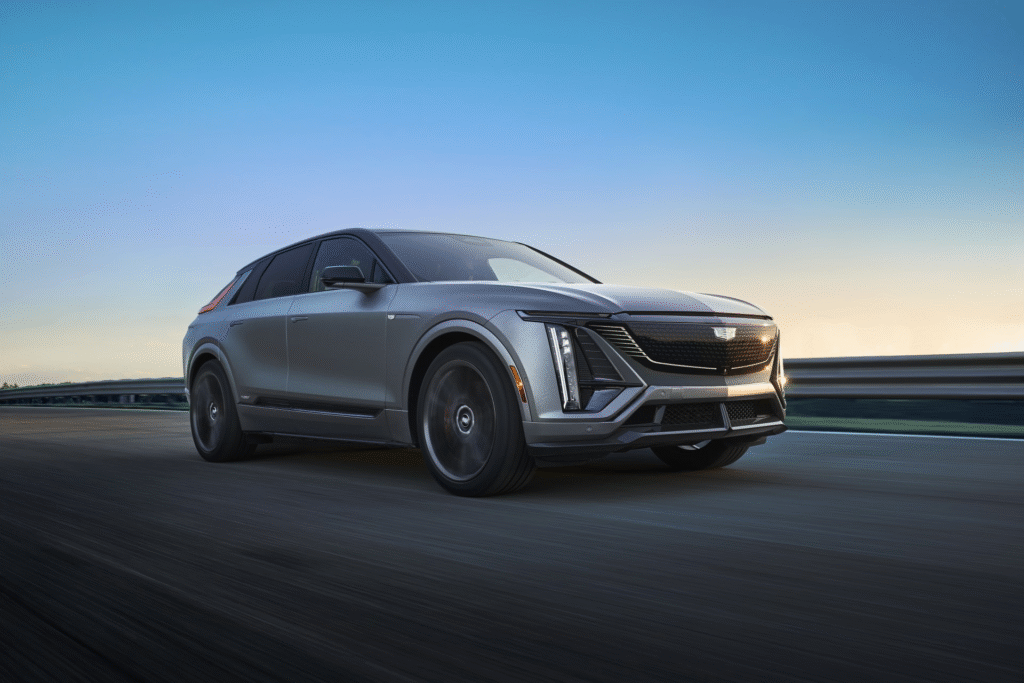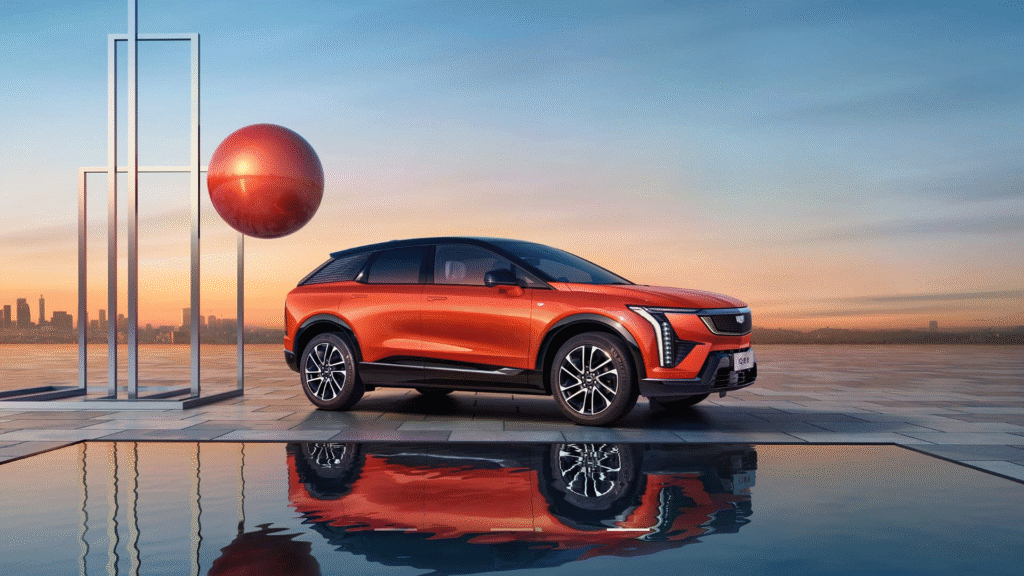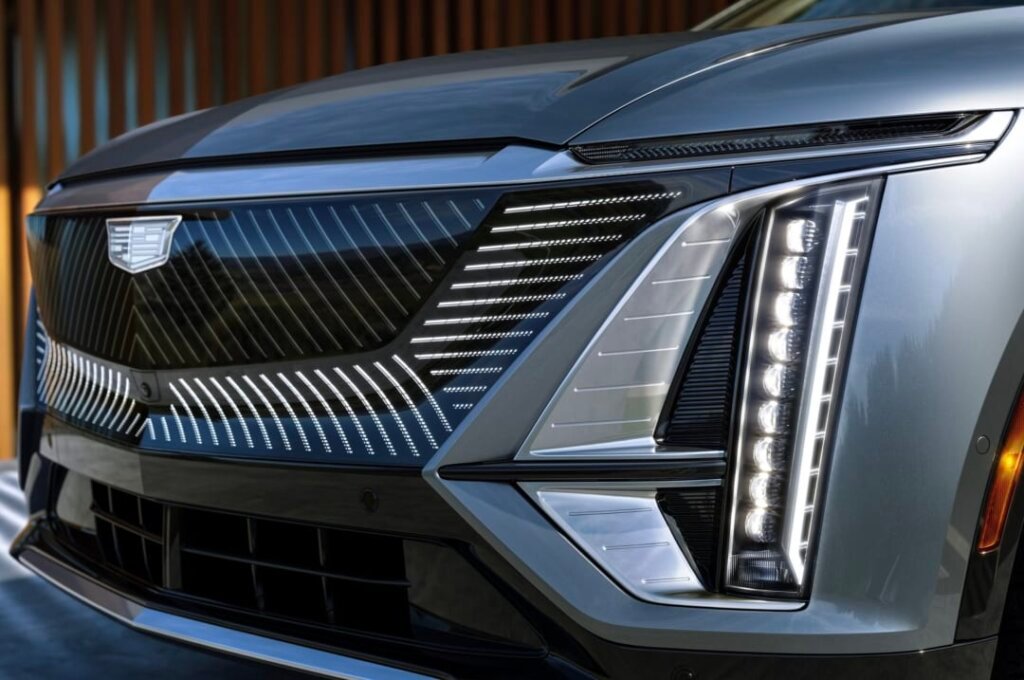Cadillac Sales Hit 12-Year High, And It’s Thanks To These Models
Cadillac Sales Hit 12-Year High, marking a significant resurgence for the iconic American luxury brand. General Motors recently reported its Q3 sales results, revealing that Cadillac achieved its best sales performance since 2013, over a decade ago. This impressive growth, extending to its year-to-date sales, signals that the brand has successfully navigated its past challenges and is now moving firmly in the right direction, driven by a strong push in electric vehicles (EVs) and the enduring appeal of its premium gasoline models.

EVs Power Cadillac’s Impressive Resurgence
In the 1980s and 1990s, Cadillac’s reputation suffered due to underwhelming models and badge-engineering missteps. However, recent years have seen a welcome revitalization. In Q3, GM’s overall sales increased by 8% YoY, with its EVs collectively surging by an impressive 105%. Across all its brands (Chevrolet, GMC, Buick, and Cadillac), GM sold 2.2 million vehicles in the first three quarters, a 10% increase.
While GM did not release individual model sales for all brands, it’s clear that EVs have been a major catalyst for Cadillac’s ascent. In 2025, Cadillac gained more luxury EV market share than any other brand, securing the number one spot in Q3. It has even successfully attracted buyers from established luxury EV players like Audi and Mercedes.
Three Cadillac models now rank among the best-selling luxury EVs:
- Lyriq: Number 2 overall, with 7,309 units sold in Q3.
- Optiq: Secured the 5th spot, selling 4,886 units.
- Vistiq: Ranked 6th, with 3,924 units sold.
- The expensive Escalade IQ also contributed to the EV total, with 2,264 units sold in Q3.
Remarkably, 40% of Cadillac’s total sales in the previous quarter were EVs, a percentage that other legacy luxury brands have struggled to match. This strong EV momentum underscores Cadillac’s successful pivot towards an electrified future, with reports suggesting that internal combustion engine (ICE) versions of models like the CT4 and CT5 will eventually be phased out and replaced by all-electric models on a new premium EV platform.

Escalade Leads the Way for Gas Models
Beyond its impressive EV growth, Cadillac’s strong year (its best since 2013) has also been bolstered by its conventional gasoline-powered models. The iconic Escalade continues to be a powerhouse, leading all Cadillac sales in Q3 with 11,332 units (including the long-wheelbase ESV). This is a remarkable achievement given that the luxury SUV starts at $91,100, with most trims well into six figures. Despite its premium price point, the Escalade registered an almost 30% increase in Q3 sales.
Other key gasoline models contributing to the success include:
- XT5: 5,771 units
- CT5: 4,000 units
- XT6: 3,828 units
Duncan Aldred, GM senior VP and president of North America, noted, “No one is in a stronger position for a changing U.S. market than GM. We have the best lineup of ICE and EV vehicles we’ve ever had. Our brands have grown market share with consistently strong pricing, and low incentives and inventory.”
Why Cadillac’s Resurgence Matters
Mark Reuss, GM President, highlighted in a CNBC interview earlier this year that GM’s “golden era” of design in the 1950s inspired the revamp of the modern Cadillac lineup. Reuss expressed a deep passion for GM and Cadillac to “show the world what we can do” as one of the few remaining American luxury brands.
A strategic shift devised in the summer of 2018 focused on isolating Cadillac’s interiors and even some powertrains from other GM products, prioritizing high-end design. The brand now boasts a true halo product in the ultra-luxury Celestiq. Financially, the higher profit margins associated with luxury vehicles are a significant boon for GM in the long term, making Cadillac’s successful turnaround crucial.
While other American luxury brands like Lincoln haven’t yet reached similar heights, Cadillac is clearly well on its way to reclaiming its former glory and a prominent position in the global luxury market.
Also Read – CarMax Q2 Earnings Miss: What It Means For Used Car Prices & Demand Trends




Pingback: Theon Design 407HP Carbon-Fiber 964 911 Breaks 100 HP/Liter Barrier, Weighs 2,420 Lbs - Mechhelp